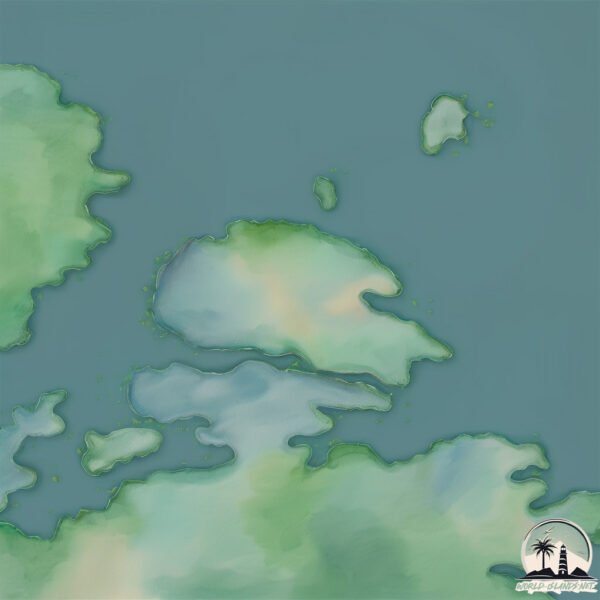Isla Bedford

Welcome to Isla Bedford, a Polar island in the South Pacific Ocean, part of the majestic Pacific Ocean. This guide offers a comprehensive overview of what makes Isla Bedford unique – from its geography and climate to its population, infrastructure, and beyond. Dive into the details:
- Geography and Size: Explore the island’s size and location.
- Climate and Weather: Weather patterns and temperature.
- Topography and Nature: Uncover the natural wonders of the island.
- Infrastructure and Travelling: Insights on reaching, staying, and making the most of your visit.
- News and Headlines: Latest News.
Geography and size of Isla Bedford
Size: 0.977 km²
Coastline: 5.5 km
Ocean: Pacific Ocean
Sea: South Pacific Ocean
Continent: South America
Isla Bedford is a Tiny Island spanning 0.977 km² with a coastline of 5.5 km.
Archipel: Andes fueguinos – A subregion of Tierra del Fuego in the southernmost tip of South America, known for its rugged mountain landscapes and remote beauty.
Tectonic Plate: Scotia – Situated in the Southern Ocean, surrounding the Scotia Sea, between South America and Antarctica, known for the Scotia Arc and active seismicity.
The geographic heart of the island is pinpointed at these coordinates:
Latitude: -53.98612142 / Longitude: -72.36195036
Climate and weather of Isla Bedford
Climate Zone: Polar
Climate Details: Tundra
Temperature: Cold
Climate Characteristics: The tundra climate features long, extremely cold winters and short, cool summers. Vegetation is limited to mosses, lichens, and small shrubs due to the low temperatures and short growing seasons. Biodiversity is low, but some specialized species thrive.
Topography and nature of Isla Bedford
Timezone: UTC-04:00
Timezone places: America/La_Paz
Max. Elevation: 41 m
Mean Elevation: 28 m
Vegetation: Shrubland
Tree Coverage: 61%
The mean elevation is 28 m. The highest elevation on the island reaches approximately 41 meters above sea level. The island is characterized by Plains: Flat, low-lying lands characterized by a maximum elevation of up to 200 meters. On islands, plains are typically coastal lowlands or central flat areas.
Dominating Vegetation: Shrubland
Dominated by shrubs and small bushes, these areas are typical in dry, rocky, or sandy environments, as well as in regions with poor soil fertility. Isla Bedford has a tree cover of 61 %.
Vegetation: 3 vegetation zones – Moderately Diverse Island
These islands start to show a broader range of ecological niches. With three vegetation zones, they may offer a mix of ecosystems like coastal areas, inland woods, and perhaps a distinct wetland or dry area. This diversity supports a wider range of flora and fauna, making these islands more ecologically complex than those with minimal diversity.
Infrastructure and Travelling to Isla Bedford
Does the island have a public airport? no.
There is no public and scheduled airport on Isla Bedford. The nearest airport is President Carlos Ibañez del Campo International Airport, located 199 km away.
Does the island have a major port? no.
There are no major ports on Isla Bedford. The closest major port is CALETA MINA ELENA, approximately 153 km away.
The mean population of Isla Bedford is 7 per km². Isla Bedford is Gently Populated. The island belongs to Chile.
Continuing your journey, Guardian Brito is the next notable island, situated merely km away.
Chile is classified as Emerging region: G20: Group of Twenty – Major economies comprising both developed and emerging countries, representing the world’s largest economies. The level of income is Upper middle income.
News – Latest Updates and Headlines from Isla Bedford
Stay informed with the most recent news and important headlines from Isla Bedford. Here’s a roundup of the latest developments.
Please note: The data used here has been primarily extracted from satellite readings. Deviations from exact values may occur, particularly regarding the height of elevations and population density. Land area and coastline measurements refer to average values at mean high tide.
